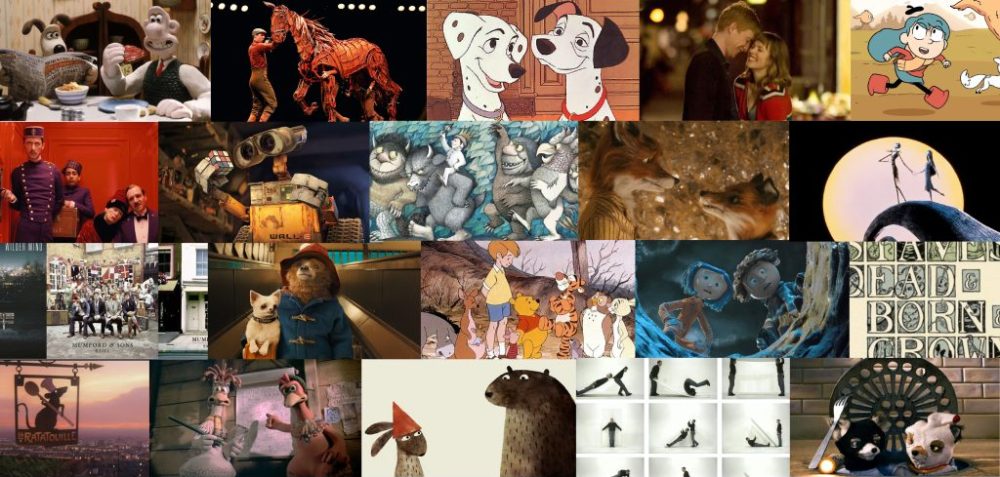While finalising the story, we were recommended to make a shot list, and I managed to condense our story down to this:
- A black and white 2D world. A man walks into an abandoned funfair. There is a faint sound of music playing.
- There is a camera on the ground. The music gets slightly louder as he approaches it
- He picks up the camera and holds it to his ear.
- He holds the camera up to his eye
- From his point of view through the camera, the funfair is colourful and alive. The music is louder still.
- He brings the camera away from his eye and looks up. Then he lifts it to his eye again and presses the shutter button
- A cloud of colour bursts from the camera and engulfs him
- A colourful stop motion world. Close up of the man’s eyes opening (made of paper). The music is at full volume
- A carousel is turning.
- The man walks towards it. It slows to a stop as he stops next to it
- Close up of a couple of the horses on the carousel. Their eyes turn towards him.
- The horse nearest him is glowing a little. He reaches his hand towards it
- He places his hand on the horses head
- Another cloud of colour bursts
- Close up of the horses head. The eyes, the man’s eyes are moving frantically
- Zoom out, so we see several of the horses, including his. All their eyes are moving
- Wide shot of funfair surrounded by darkness. Music gets even louder.
- Cut to credits
I also had a go at starting to figure out timings:

We started discussing how the character should look today. We mostly imagined him being fairly minimalistic, putting the emphasis in the story on the funfair and what happens to him. Anika drew up a potential design, along with a few alternative details, and then a silhouette version, so we had various visual options to explore:


Finally this week, after discussing many options for the ending of our animation and getting tutors to explain exactly what was missing from our story, got the green light for the story. One element we really wanted to include was to somehow loop back to the image of the camera that gets the camera into the colourful funfair, but having worked out the timings a little, it just wouldn’t fit without making the rest of it too fast.
